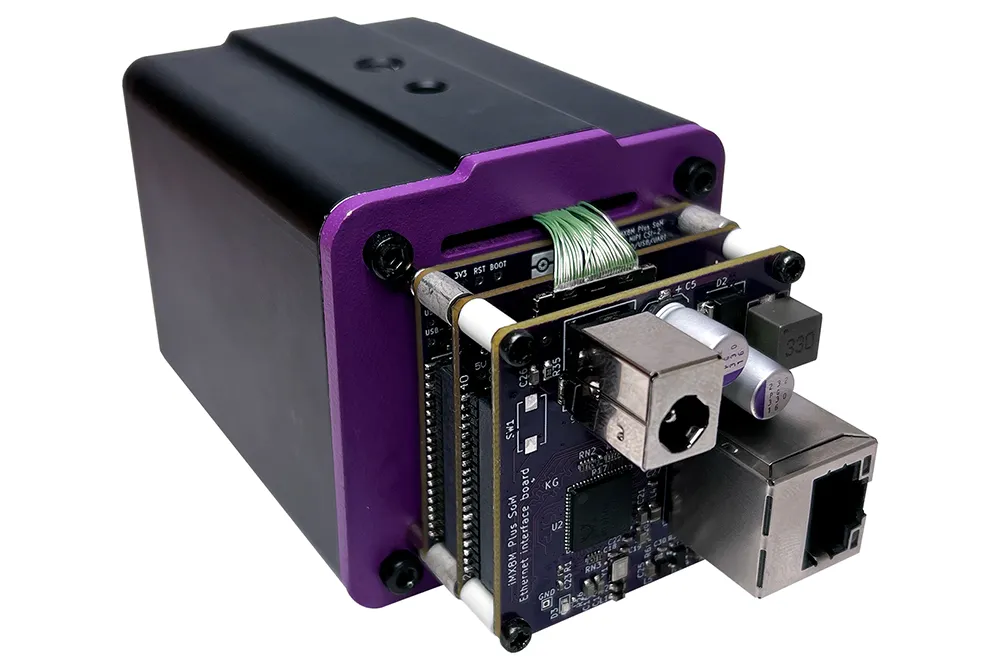Rod Barman, founder and president at Lucid, says: “The 5GBase-T Atlas camera hits the sweet spot of faster frame rates, small size and excellent price-performance.”
According to Lucid, the 5GBase-T Ethernet interface offers similar bandwidth as CameraLink, allowing the use of standard CAT5e and CAT6 cables up to 100 metres.
Atlas supports large format APS-C image sensors and is expected to operate over a wide ambient temperature of -20°C to 55°C, the company adds.
The first models feature the colour and monochrome version of the 31.4 MP Sony IMX342 APS-C 4/3” global shutter CMOS sensor with a resolution of 6464 x 4852 px running at 17.9 fps. Also, the 12.3 MP Sony IMX253 1.1” C-mount comes with a resolution of 4096 x 3000 px running at 42 fps.
Lucid unveils Atlas Cameras featuring 5GBase-T PoE
Lucid Vision Labs has launched its Atlas 12.3 MP and 31.4 MP cameras over 5GBase-T PoE which it says can be used for ITS and traffic applications.
Rod Barman, founder and president at Lucid, says: “The 5GBase-T Atlas camera hits the sweet spot of faster frame rates, small size and excellent price-performance.”
According to Lucid, the 5GBase-T Ethernet interface offers similar bandwidth as CameraLink, allowing the use of standard CAT5e and CAT6 cables up to 100 metres.
Atlas supports large format
May 3, 2019
Read time: 1 min
Related Content











